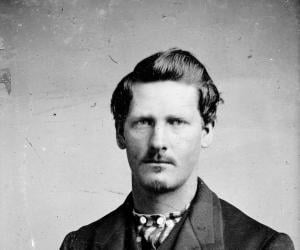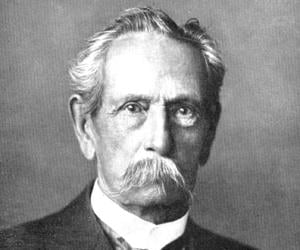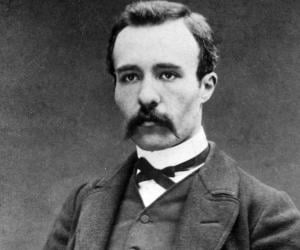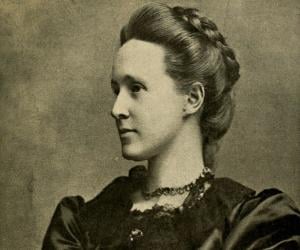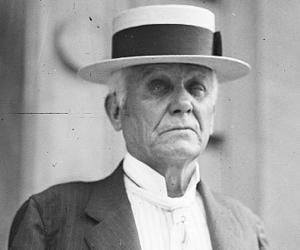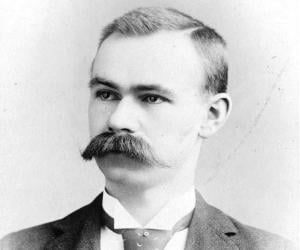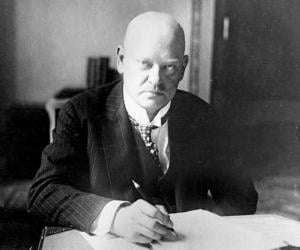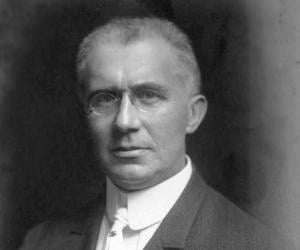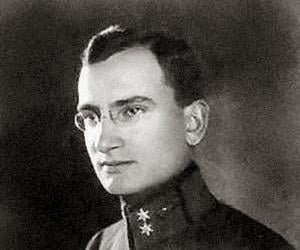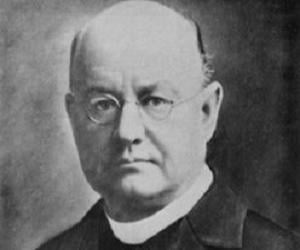A policeman and a gunfighter, Wyatt Earp is most known for his role in one of the most famous gunfights in the American West history - the Gunfight at O.K. Corral against a group of cowboys. The incident inspired numerous films and books that elevated his heroic status. During his life, he also worked as a truck driver and saloonkeeper.
Karl Benz was a German engine designer, automotive engineer, and entrepreneur. He designed the Benz Patent Motorcar, for which he received a patent in 1886. He studied mechanical engineering at the University of Karlsruhe before venturing into developing motorcars. His Benz Patent Motorcar is widely regarded as the world's first production automobile.
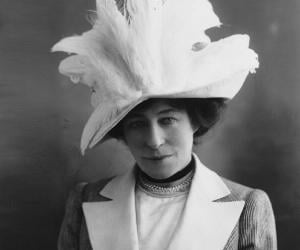
Georges Clémenceau, or The Tiger, who had served as the French prime minister, is remembered as a key figure of the French Third Republic. He not only played a major role in the Allied victory in World War I, but was also a key framer of the Treaty of Versailles.
A pioneering leader of the women’s suffrage movement in Britain, Millicent Fawcett also co-established the Newnham College, Cambridge, which was one of the first English women’s universities. She also served as the president of the National Union of Women's Suffrage Societies and investigated British concentration camps during the South African War.
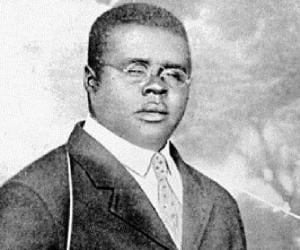
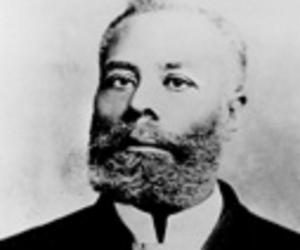
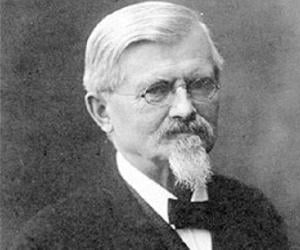
German engineer and auto designer Wilhelm Maybach once earned the nickname The King of Designers. He collaborated with Gottlieb Daimler and formed Daimler-Motoren-Gesellschaft, eventually designing the first Mercedes automobiles. He and his son later started an aircraft engine company. In 1996, he was inducted into the Automotive Hall of Fame.
Gustav Stresemann was the only one of his siblings to complete university education. He grew up to serve as the chancellor of the Weimar Republic briefly, before becoming the foreign minister. He shared the Nobel Peace Prize with the French foreign minister Aristide Briand for an agreement of reconciliation.
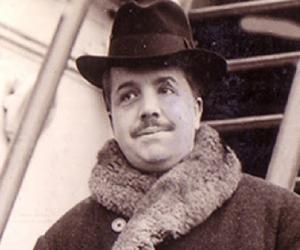
Sergei Diaghilev was a Russian ballet impresario, patron, and art critic. He is credited with founding the popular ballet company Ballets Russes, which has produced some of the greatest and popular choreographers and dancers like Tamara Karsavina, Lydia Sokolova, Serge Lifar, and Alicia Markova. Sergei Diaghilev is remembered for placing the needs of his company and dancers above his own.
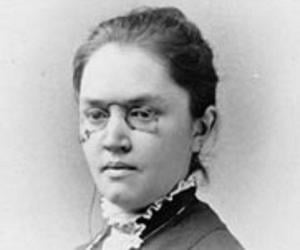
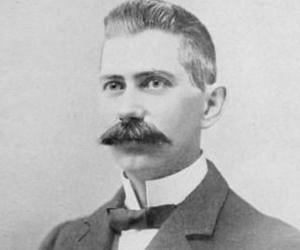
David Dunbar Buick was a Scottish-born American inventor best remembered for establishing the popular Buick Motor Company, which went on to become the basis of the General Motors empire. In 1974, Buick was inducted into the Automotive Hall of Fame for his immense contribution to the automobile industry in the United States of America.
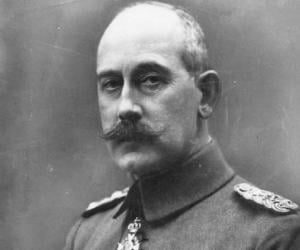
Prince Maximilian of Baden was a German politician and general. Maximilian, who belonged to the German aristocracy, was the last chancellor of the German Empire. He also played an important role in the events leading up to the creation of the Weimar Republic.
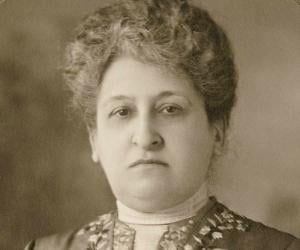
Apart from being the first female university graduate in the Netherlands, the first Dutch female physician, and the first female to get a medical doctorate in her country, Aletta Jacobs was also a pioneering women’s suffrage activist. She traveled the world for her feminist mission with fellow suffragette Carrie Chapman.
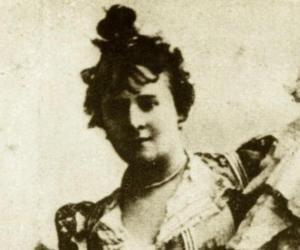
La Goulue was a French can-can dancer who became a favorite subject for painter Henri de Toulouse-Lautrec at the peak of her popularity. Dubbed the Queen of Montmartre, Goulue is remembered for performing at the Moulin Rouge near Montmartre where she was a star. After parting ways with Moulin Rouge, she lost a considerable amount of money and died poor.
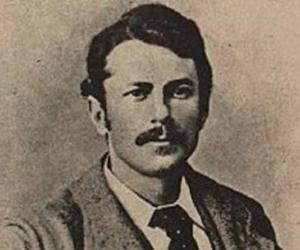
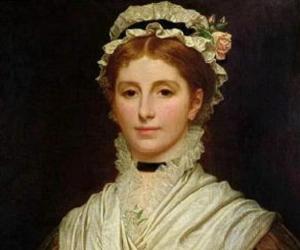

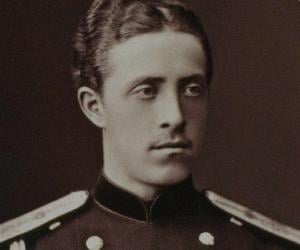
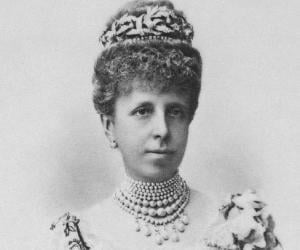
María Cristina De Habsburgo-Lorena is better known as the Spanish king Alfonso XII’s queen consort, who acted as the queen regent after her husband’s death and before her son came of age to rule on his own. Her regency was the longest in the history of Spanish royalty.
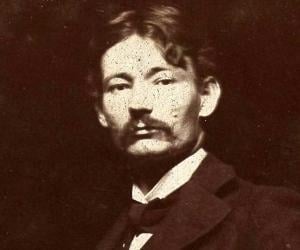
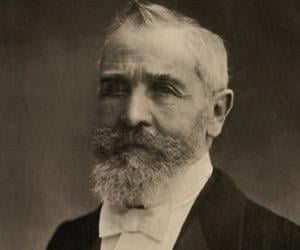
A qualified lawyer and a skilled orator, Émile Loubet had been the mayor of Montélimar, before becoming the prime minister and then the president of France. He was responsible for improving France’s relationship with Britain. He also accelerated the separation of the Church and the French government.
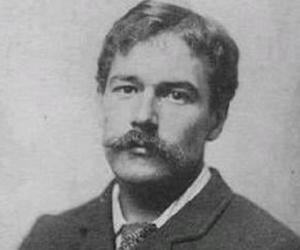
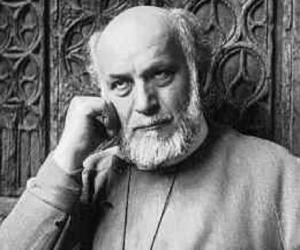
Antoine Bourdelle was a French sculptor and teacher. A prominent personality in the Art Deco movement, Bourdelle played a major role during the transition to modern sculpture from the Beaux-Arts style. A prolific and influential teacher, Antoine Bourdelle is credited with mentoring several future sculptors like Alberto Giacometti, Athanase Apartis, and Josefina de Vasconcellos.
Born into an affluent military family of the Austro-Hungarian Empire, Herman Potočnik became a military engineer. His struggle with tuberculosis made him leave the army, after which he delved into rocket science. His only book, The Problem of Space Travel, contained illustrated descriptions on everything from space capsules to spacesuits.
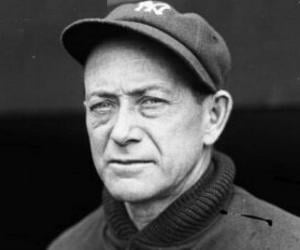
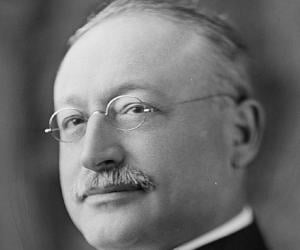
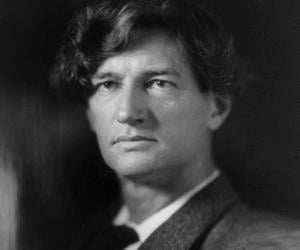
Bliss Carman was a Canadian poet whose works earned him international recognition. His poem, Autumn ,inspired Leo Sowerby to write Comes Autumn Time, which became his best-known organ piece. Throughout his illustrious career, Carman was honored with many prestigious awards like the Royal Society of Canada's Lorne Pierce Gold Medal. During his later years, Carman served as Canada's poet laureate.
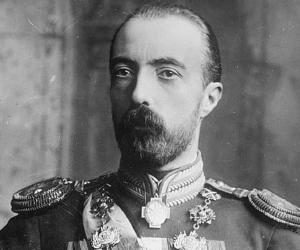
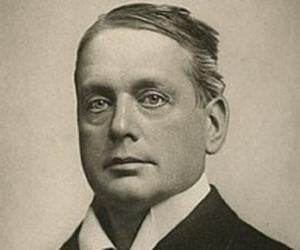
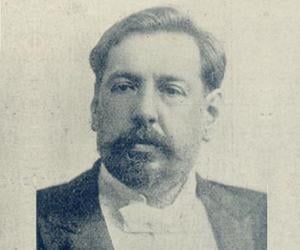
José Batlle y Ordóñez was a Uruguayan politician best remembered for his service as the President of Uruguay on two occasions. He held the president's office from 1903 to 1907 and again from 1911 to 1915. He was also appointed as the acting president in 1899. Batlle is credited with modernizing the country by introducing extensive welfare state reforms.
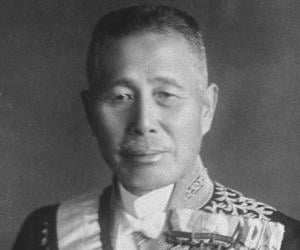
Japanese army general Tanaka Giichi had shown his interest in politics quite early, when at age 13, he participated in the Hagi Rebellion. The Rikken Seiyūkai member later became the prime minister of Japan and adopted an aggressive foreign policy toward China, leading to China developing anti-Japanese sentiments.
Known as the Radio Priest, Jozef Murgaš was a Slovak Roman Catholic priest who is remembered for his contribution to the development of wireless transmission. Regarded as one of the inventors of the radio, he was also an acclaimed botanist, an architect, and a painter.
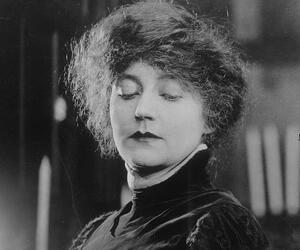
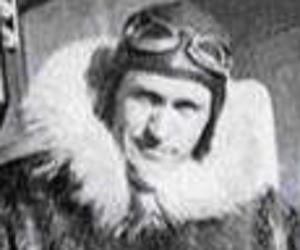
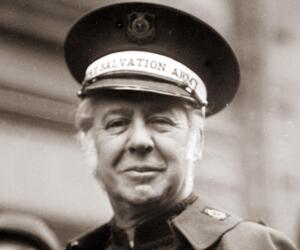
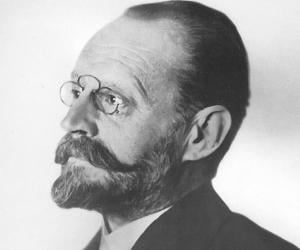
Austrian chemist and engineer Carl Auer, Freiherr von Welsbach isolated neodymium and praseodymium from didymium. His inventions include the gas mantle and ferrocerium "flints" that are used in lighters. He also worked on the tungsten filament that led to the development of the modern light bulb.
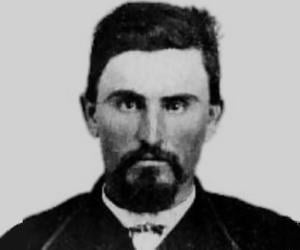
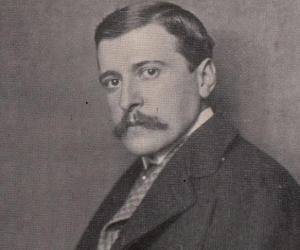
Known for his lyrical poetry and plays, Austrian author Hugo von Hofmannsthal had initially studied law and philology but later devoted his life to writing. His collaborative works with composer Richard Strauss included libretti for many of his operas, such as The Cavalier of the Rose and Arabella.
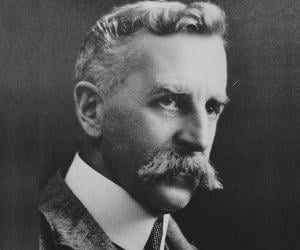
English biologist and anthropologist Walter Baldwin Spencer is remembered for his pioneering study of the indigenous population of Australia. He initially taught biology but later drifted to anthropology. He was also knighted but died while on an expedition to study the Ushuaia of the Tierra del Fuego.
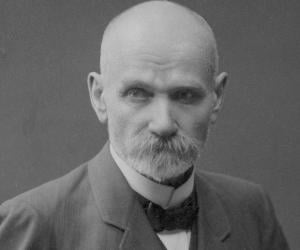
Polish linguist Jan Niecisław Baudouin de Courtenay is best remembered for laying down the theory of the phoneme. His Essay on a Theory of Phonetic Alternation has contributed immensely to modern linguistic science. He spent his entire life teaching at reputed universities, such as St. Petersburg and Warsaw.
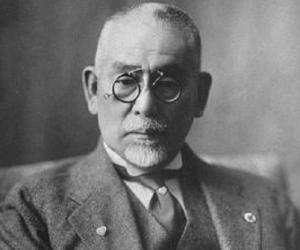
Gotō Shimpei was a Japanese politician who served as the cabinet minister during the Taishō and early Shōwa period Empire of Japan. He was one of the most important politicians in Japan when the country was going through a rapid phase of modernization. A qualified physician, he was the president of the Nagoya Medical School before entering politics.
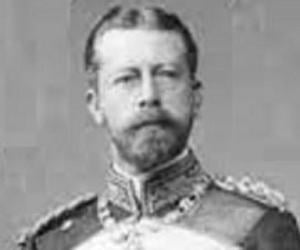
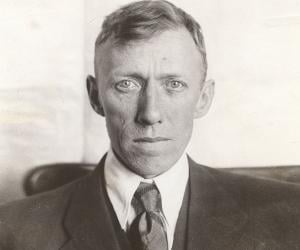

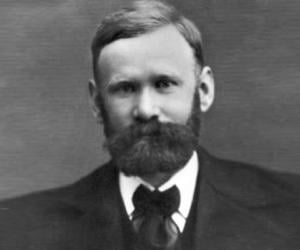
Agner Krarup Erlang was a Danish mathematician, statistician, and engineer. he graduated from the University of Copenhagen with distinction and worked as a teacher for many years. He is best known for inventing the fields of traffic engineering and queueing theory. He is also credited with the creation of the field of telephone networks analysis.
